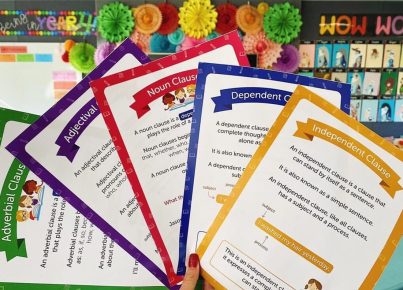Persuasive devices are techniques that writers and speakers use to convince their audience to adopt a certain viewpoint, or take action. When used effectively, these devices can significantly influence how an argument is received and bolster its impact.
Examples of Persuasive Devices
1. Rhetorical questions: These are questions asked for effect, not to get an answer. They engage the audience and encourage them to think about the issue.
– Example: “How can we expect to progress as a society if we neglect the education of our youth?”
2. Repetition: Repeating words or phrases can reinforce an idea and make it more memorable.
– Example: “We demand justice: justice for the victim, justice for the community, justice for all.”
3. Emotive language: Words that evoke strong emotions can persuade people by eliciting feelings like sympathy or anger.
– Example: “The appalling conditions in which these animals are kept is heart-wrenching.”
4. Anecdotes: Short stories or personal experiences can make an argument more relatable and credible.
– Example: “I met a young student whose dreams for college were dashed due to lack of financial aid.”
5. Statistics and factual data: Presenting concrete evidence gives weight to arguments by appealing to our logical side.
– Example: “Studies show that 80% of diets fail within the first two years.”
6. Expert opinions: Quoting authorities on the subject adds credibility.
– Example: “Renowned nutritionist Dr. Smith confirms the benefits of this health supplement.”
7. Metaphors and Similes: Comparing one thing to another can illuminate a concept in a new way.
– Example (Metaphor): “The company’s expansion is a tidal wave, reshaping the marketplace.”
-Example (Simile): “Like a diamond in the rough, your potential is waiting to be discovered.”
Activities to Practice Persuasive Devices
1. Debates: Engage in or watch debates on various topics and identify persuasive devices used by debaters.
2. Speech Analysis: Analyze famous speeches for examples of persuasive devices.
3. Writing exercises: Write persuasive essays on chosen topics using different persuasive devices.
4. Role-Playing: Play different roles in a given scenario to practice persuasive speaking.
5. Critical Reading Groups: Read opinion pieces in groups and discuss the persuasive strategies used.
Practicing with these activities helps refine both understanding and application of persuasive devices, making communication more impactful whether in writing or speech.





